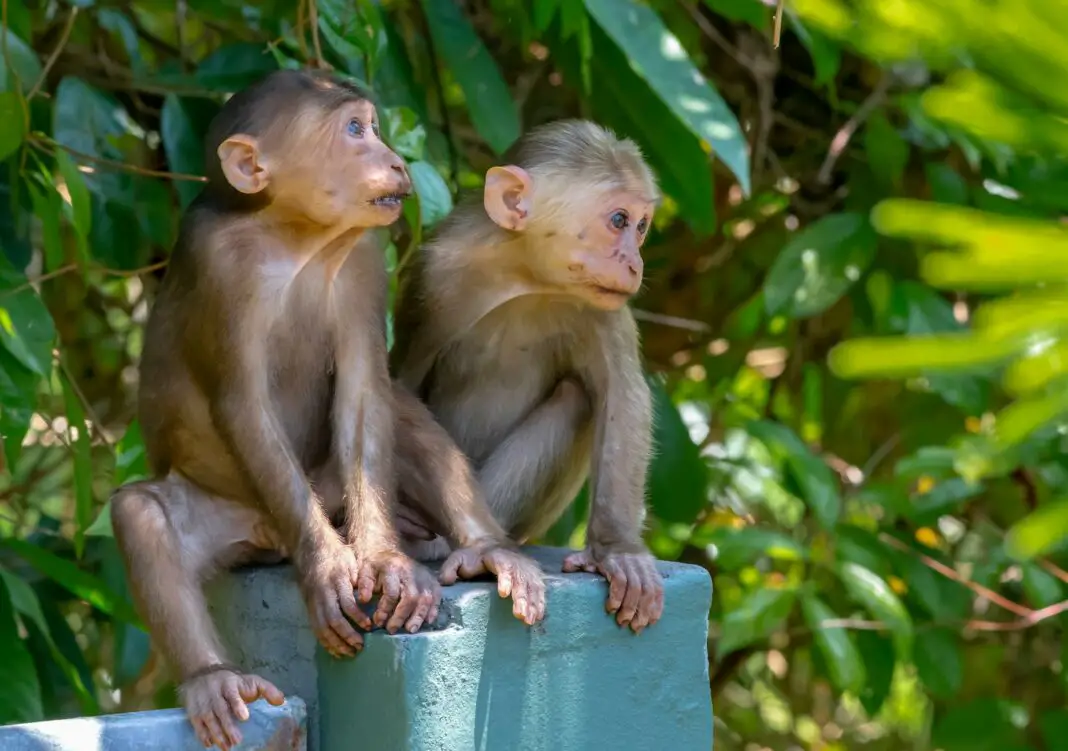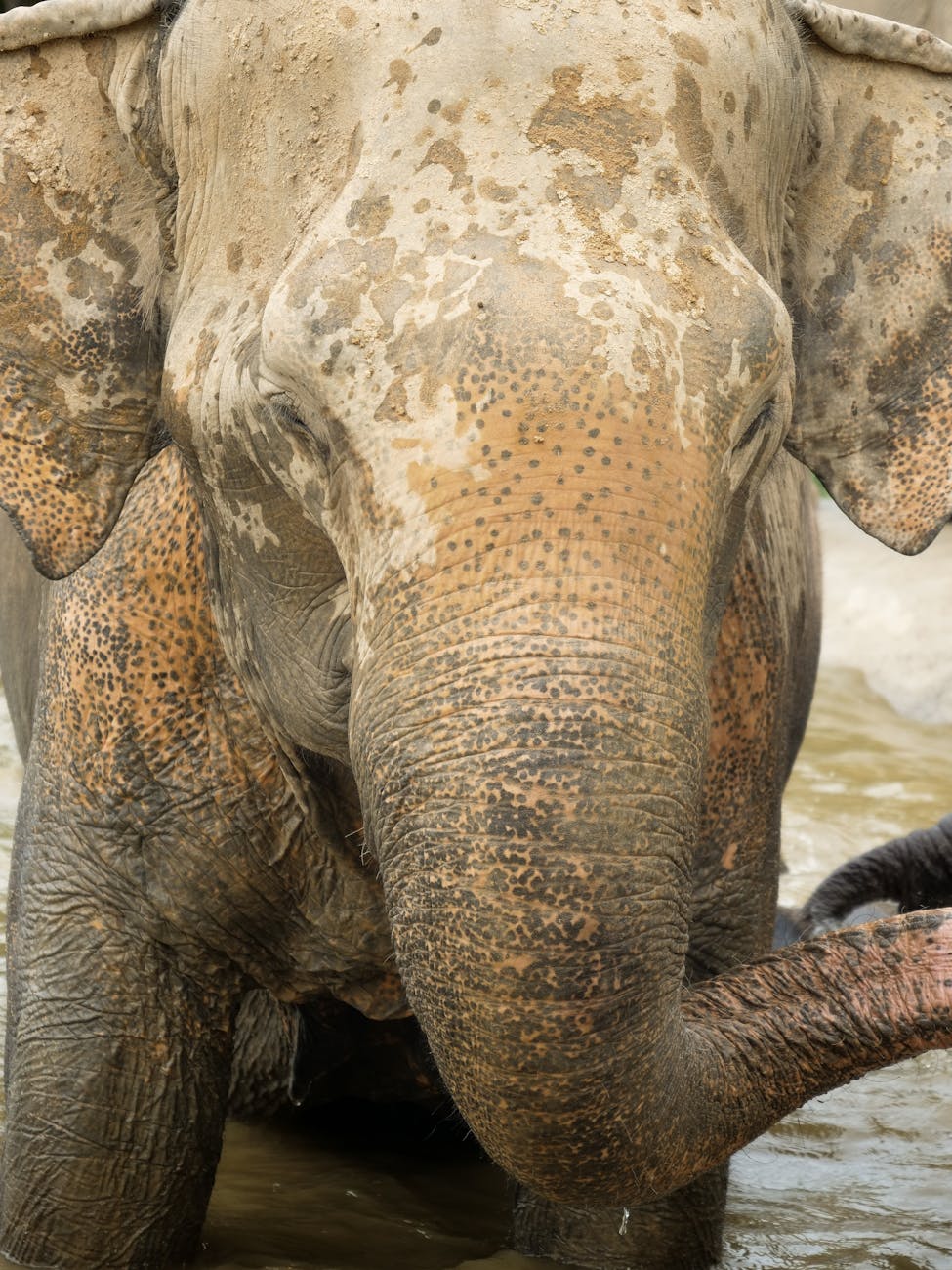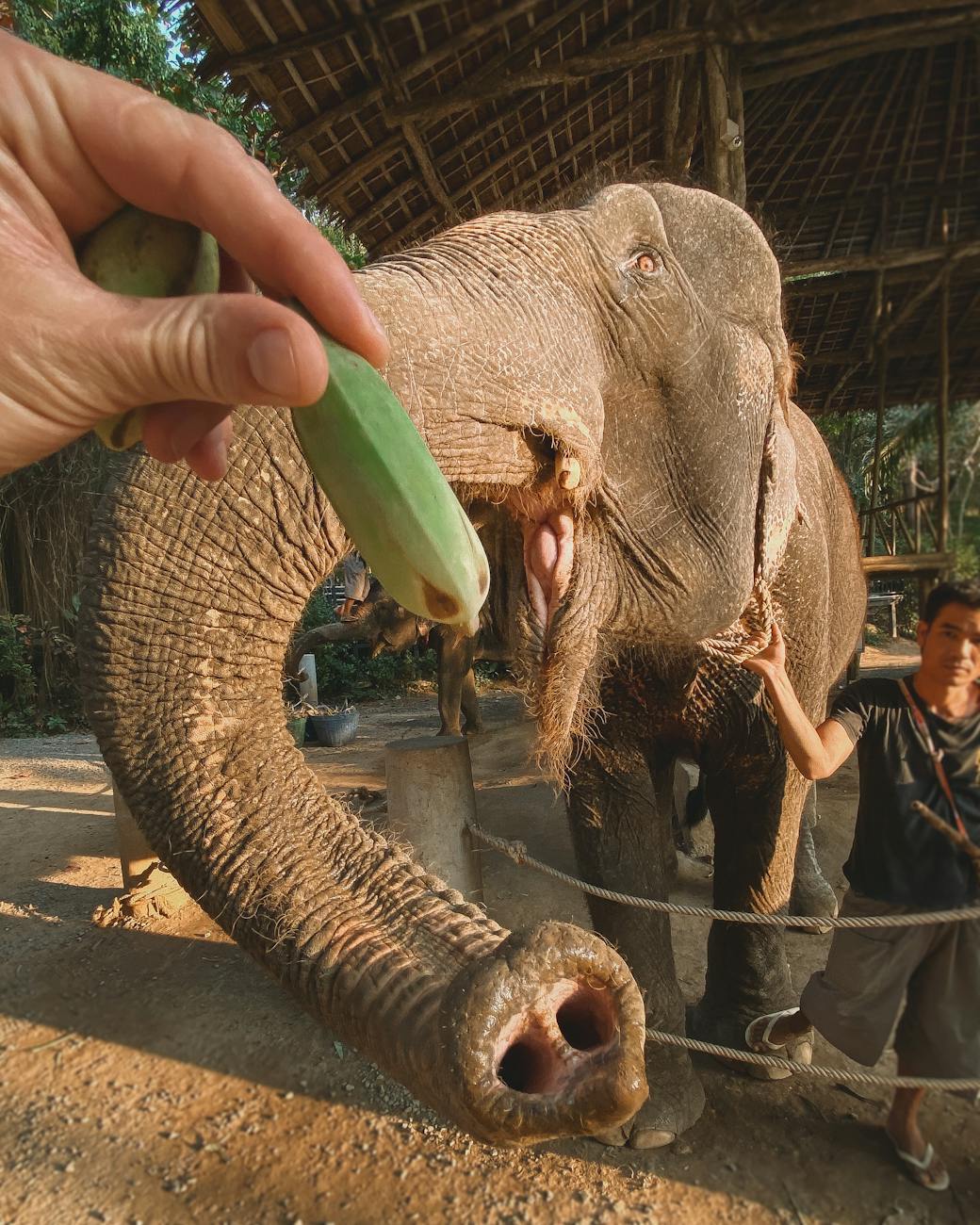Embarking on a trip to Thailand offers an exquisite blend of breathtaking scenery, rich cultural experiences, and opportunities for thrilling adventures. Among the myriad attractions in the Land of Smiles, Thailand’s wildlife sanctuaries stand out as an eco-adventure destination that promises unparalleled excitement and conservation awareness. As you dive into the magnificence of Thailand’s wildlife, you will realize that these sanctuaries not only showcase the country’s natural beauty but also play a crucial role in preserving endangered species while providing visitors with unforgettable experiences.
This blog post will take you on an exhilarating journey through Thailand’s wildlife sanctuaries, exploring their significance as eco-adventure hotspots. You will discover how these sanctuaries offer a unique combination of eco-tourism, wildlife interaction, and conservation efforts. Whether you are an adventure seeker, a nature lover, or a conservation enthusiast, exploring the diverse ecosystems of Thailand’s wildlife sanctuaries promises to be a transformative experience.
Table of Contents
- Why Thailand’s Wildlife Sanctuaries Are Amazing
- Top Wildlife Sanctuaries in Thailand
- The Impact of Eco-Tourism on Wildlife Conservation
- What to Expect During Your Visit
- Ongoing Conservation Efforts in Thailand
- Expert Tips for Visiting Thailand’s Wildlife Sanctuaries
- Embark on Your Own Eco-Adventure
Why Thailand’s Wildlife Sanctuaries Are Amazing
Thailand’s wildlife sanctuaries represent a mosaic of lush greenery, majestic animals, and vibrant ecosystems waiting to be discovered. These protected areas not only serve as a habitat for rare and endangered species, but they also educate countless visitors about the importance of conservation. From the lush rainforests of Khao Yai to the tranquil shores of Koh Chang, each sanctuary presents a unique perspective on the country’s biodiversity. The ideal combination of natural beauty and wildlife interaction makes these sanctuaries a haven for travelers seeking adventure while promoting environmental sustainability.
Moreover, these sanctuaries provide a profound opportunity to witness significant conservation efforts in action. Visitors can learn about the animals’ behaviors, their habitats, and the challenges faced in protecting them from extinction. Engaging in eco-friendly activities such as guided nature hikes, birdwatching tours, and volunteer programs creates an enlightening experience that transcends a typical holiday, adding deeper meaning to your travel. Ultimately, the immersive environment of Thailand’s wildlife sanctuaries dominates the landscape of eco-adventure, inviting everyone to explore and appreciate the wonders of nature.
Top Wildlife Sanctuaries in Thailand
When it comes to exploring wildlife sanctuaries in Thailand, there are several renowned destinations that deserve your attention. First on the list is Khao Yai National Park; recognized as a UNESCO World Heritage Site, it boasts lush rainforests, cascading waterfalls, and rich biodiversity. Here, you can encounter elephants, wild boars, and various bird species, creating a haven for nature enthusiasts looking to immerse themselves in stunning landscapes.
Next up, visit the Elephant Nature Park in Chiang Mai. This sanctuary takes an ethical approach to elephant conservation, providing a safe haven for rescued elephants facing abuse. At this transformative park, visitors can volunteer, feed, and bathe elephants, fostering a genuine connection that raises awareness of animal rights and welfare. The beauty of Elephant Nature Park lies in its commitment to education, promoting the message that true adventure comes from responsible animal interactions.
Another gem is the Kaeng Krachan National Park, Thailand’s largest national park, characterized by diverse wildlife and pristine nature. Birdwatching is particularly rewarding here, as numerous migratory bird species flock to the area. Engaging in trekking adventures through the park’s dense forests offers countless opportunities to spot exotic flora and fauna, from majestic gibbons to vibrant butterflies. Each sanctuary showcases Thailand’s commitment to preserving its natural heritage while allowing visitors to have unforgettable experiences.
The Impact of Eco-Tourism on Wildlife Conservation
Eco-tourism has emerged as a pivotal force in wildlife conservation, generating crucial funds and awareness for preserving habitats and endangered species. By visiting Thailand’s wildlife sanctuaries, tourists contribute to ongoing conservation efforts, ensuring that these beautiful landscapes and their inhabitants are protected for future generations. This interaction between eco-tourism and conservation is vital, as it establishes a financial framework that can sustain programs focused on rescuing and rehabilitating wildlife.
Furthermore, eco-tourism fosters a deeper connection between visitors and the environment. When tourists learn about the crucial role that specific species play within their ecosystems, they develop an appreciation that transcends the mere act of sightseeing. This newfound awareness encourages individuals to take action, supporting conservation initiatives even after they return home. By choosing responsible travel destinations like Thailand’s wildlife sanctuaries, you can actively participate in preserving our planet while enjoying memorable experiences that positively impact the ecosystems you explore.
What to Expect During Your Visit
A visit to Thailand’s wildlife sanctuaries offers an array of enriching experiences that cater to diverse interests. Expect an adventure filled with guided treks through lush jungles, where knowledgeable tour guides unveil the wonders of nature. During your expeditions, listen for the soft rustle of leaves, the songs of vibrant birds, and the distant calls of monkeys, creating a symphony of natural sounds that envelops you as you walk. Additionally, these guided excursions often include informative sessions about local flora and fauna, which is essential for enhancing your appreciation for the environment.
Engaging with wildlife is another key aspect of your visit. Whether it’s observing elephants in their natural habitat or spotting elusive leopards in the wild, each encounter leaves a lasting impression. Opportunities to participate in feeding sessions or interacting with rescued animals, under the guidance of experienced staff, become eye-opening experiences that deepen your understanding of the sensitive balance between wildlife and human interaction. As you immerse yourself in these unforgettable moments, you will foster a sense of responsibility and appreciation for wildlife conservation, understanding that every action contributes to protecting our planet’s delicate ecosystems.
Ongoing Conservation Efforts in Thailand
Numerous conservation efforts are underway in Thailand, focusing on preserving biodiversity and protecting endangered species. Leading organizations and wildlife sanctuaries prioritize habitat conservation, anti-poaching initiatives, and community awareness programs. Engaging local communities in wildlife protection ensures that the move towards sustainable tourism becomes a collective effort, creating a positive impact on the environment.
For instance, the Wildlife Friends Foundation Thailand actively rehabilitates abused animals while establishing educational programs to promote awareness among visitors and locals alike. By educating individuals about the ecological importance of various species, they encourage responsible wildlife tourism. The commitment to sustainability and wildlife protection found throughout Thailand’s sanctuaries serves as an inspiring model for global conservation efforts, highlighting the intricate bond between nature and humanity and presenting visitors with the opportunity to support these initiatives.
Expert Tips for Visiting Thailand’s Wildlife Sanctuaries
Traveling to Thailand’s wildlife sanctuaries requires some planning to ensure a rewarding and responsible experience. Start by researching various sanctuaries to determine which resonates with your interests, considering factors such as the types of wildlife you want to see and the conservation efforts being pursued. Engaging with sanctuaries that prioritize ethical treatment of animals ensures that your contributions support meaningful initiatives.
Moreover, consider visiting during the dry season, which generally runs from November to February, as this provides optimal weather conditions for wildlife viewing. Dress appropriately in lightweight, breathable clothing that allows for flexibility during outdoor activities, and remember to pack essentials like insect repellent and sun protection. Lastly, embrace a spirit of curiosity and respect for wildlife; a mindful attitude enhances your experience and promotes responsible interactions with the environment and its inhabitants.
Embark on Your Own Eco-Adventure
Thailand’s wildlife sanctuaries represent an extraordinary intersection of exploration and conservation, creating eco-adventure destinations that will captivate both your heart and mind. By actively choosing to visit these sanctuaries, you take part in a larger movement that prioritizes the preservation of precious ecosystems and endangered species. The immersive experiences found within these natural wonders will not only deepen your understanding of biodiversity but inspire a lifelong commitment to protecting our planet.
Set forth on your own thrilling journey to Thailand’s lush wildlife sanctuaries, where every moment becomes an opportunity to learn, connect, and grow. Embrace the adventure that awaits you in the Land of Smiles, where each discovery enriches your soul while contributing to the vital conservation efforts transforming the future of wildlife in Thailand.
FAQ Section
What types of animals can I expect to see in Thailand’s wildlife sanctuaries?
Depending on the sanctuary you visit, you can encounter a variety of wildlife, including elephants, tigers, gibbons, deer, and countless bird species. Each sanctuary offers a different experience and a unique array of animals.
Are the wildlife sanctuaries in Thailand ethical?
Many wildlife sanctuaries in Thailand are committed to ethical practices, focusing on rehabilitation and education. However, it is crucial to research each sanctuary to ensure they prioritize animal welfare and sustainable tourism.
Can I volunteer at Thailand’s wildlife sanctuaries?
Yes, many sanctuaries offer volunteer programs allowing you to assist with animal care, rehabilitation, and education initiatives. Volunteering not only provides hands-on experience but also deepens your understanding of conservation efforts.
What is the best time to visit wildlife sanctuaries in Thailand?
The dry season, from November to February, is typically the best time to visit, as weather conditions are ideal for outdoor activities and wildlife sightings. Visiting during this time allows for a more enjoyable experience.
How can I prepare for a visit to a wildlife sanctuary?
Research the specific sanctuary you plan to visit, pack appropriate gear, and prepare to engage responsibly with wildlife. Bringing essentials such as insect repellent, sunscreen, and a refillable water bottle can enhance your experience.
Image Credit: Pexels





